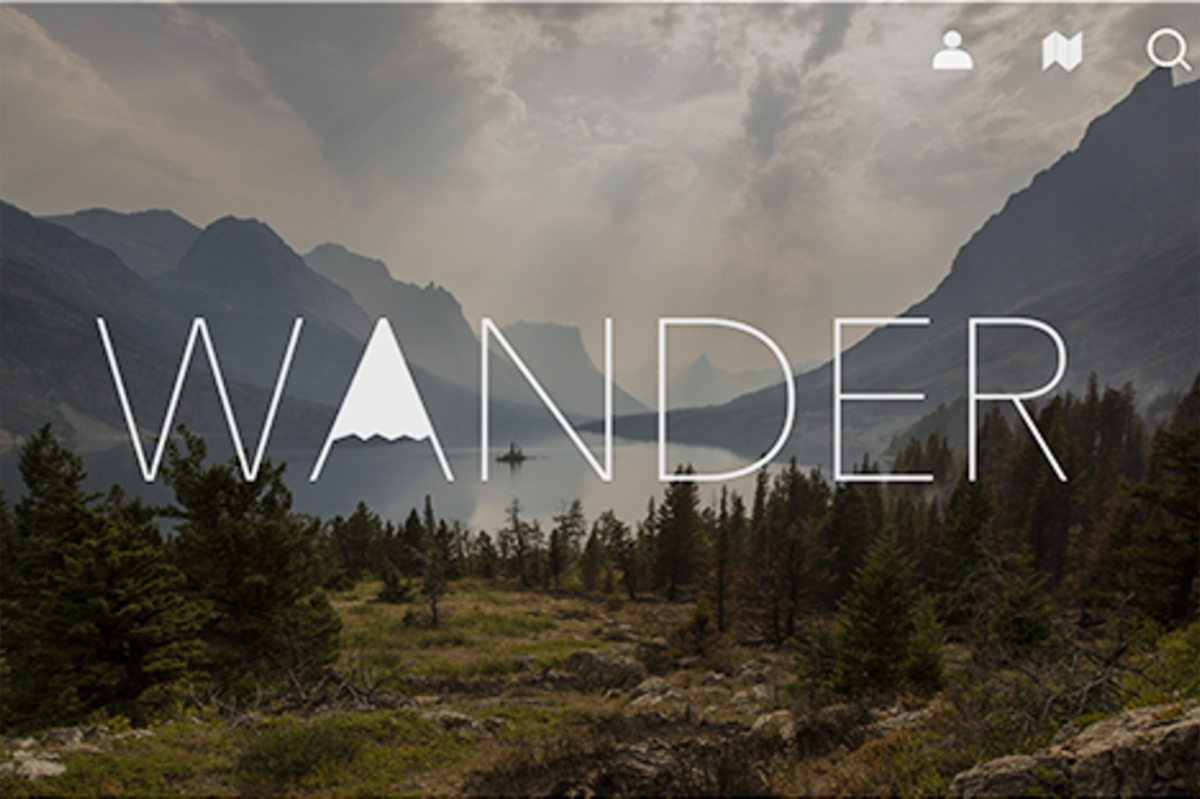Wander with Purpose: Stevens Students Create Destination for Millennial Travelers
School-Sponsored Ski Trip and Tech-Laden Courses Inspire Senior Design Project
For three seniors at Stevens Institute of Technology, an annual trip to Maine, organized by the school’s Ski and Snowboard Club, was more than just an opportunity to hit the slopes. After carving their way down Sugarloaf Mountain, the team was inspired to carve out their own niche in the travel marketplace.
“We loved that there was this deal that only we knew about, and we wanted to explore what other package deals were out there.” said Jane Castro ’19, a Business & Technology major at the School of Business. “But most of what we found on other sites, like TripAdvisor, were these very touristy options. We wanted to create something specifically for people around our age who are looking for an experience that's pretty unique — something a little more adventurous, funky and niche.”
The result is Wander, a site where millennial travelers can find vacation packages that take them off the beaten path. Users can build their own profiles, complete with their past travels and reviews, and get travel ideas from the site’s recommendation engine, an algorithm tailors trip suggestions to a user’s personality and preferences.
Castro and her fellow teammates were able to parlay a passion for travel into this senior design project, which will be showcased at Stevens’ annual Innovation Expo on May 3.
“It was easy for us to find trips for the site because that’s something Jane and I like to do in our spare time anyway,” said Julia Yang ’19, also a Business & Technology student. “And since we are basically our consumer, we have a good sense of what users want.”
Establishing trust and creating value
While Castro and Yang spearheaded the effort to find trips for the site, Information Systems major Brennan Casey ’19 worked on the infrastructure for a database.
“I just needed to lay the outline, and they provided all the actual content,” said Casey, who will start his role as a supply chain management specialist at Jet after graduation, while also pursuing his master’s in Business Intelligence & Analytics at Stevens. “Imagine me building the exterior for a house, and then they’re filling it with furniture.”
In terms of interior design, the team was focused on crafting a streamlined yet memorable user experience, with plans to add a social aspect to the site that would allow for more user-generated content. It’s another way Wander can cater to the millennial customer base, according to Yang, who studied consumer behavior as part of her program research internship at CNBC last year.
The team’s initial goal is to establish trust and create value by pointing travelers toward unique destinations and activities. Eventually, they want to offer booking through Wander, leveraging that trust and value to turn users into customers. With this objective in mind, the team’s advisor, Scott Omelianuk, steered the students toward a platform that could better accommodate these long-term aspirations.
“At first, we wanted to make an app because an app is sexy and sounds cool,” Castro said. “But booking a trip is heavier — it’s a major purchase — and Scott helped us realize that it’s probably a better route to develop a website.”
Stevens' entrepreneurial legacy
As an entrepreneur-in-residence at the Stevens Venture Center, Omelianuk was able to provide the team with insight, both from his own personal experiences and from previous student projects. Yang said going to last year’s Innovation Expo helped “spark ideas” for the team, and seeing so many ambitious technology-driven projects come to fruition year after year has left a lasting mark on all three students.
“Being at a tech school definitely gives us more confidence,” said Castro, who will start her career at Scholastic as a business analyst after graduation. “I talk to people who don't have the same emphasis at their colleges, and to them, this all sounds very intimidating. But I think because these kinds of words and projects are more common here, it makes it less scary.”
The students have leaned on their Stevens coursework throughout this process, with Castro specifically citing the case studies she read in Dr. Pranav Garg’s strategy class, which taught her how to identify holes in the market. For Casey, the foundation of the business school curriculum equipped them to handle the challenges presented during this project, as well as the challenges that future technological advances will certainly present.
“What’s really different at the School of Business is that nearly every course we take is lined with some kind of technology or tool that we have to learn,” Casey said. “There’s no doubt in my mind that when something new comes along, I’ll be able to learn it. It just comes a lot smoother to Stevens students because we have class after class preparing us for it.”
School of Business Business & Technology degree Innovation Expo



